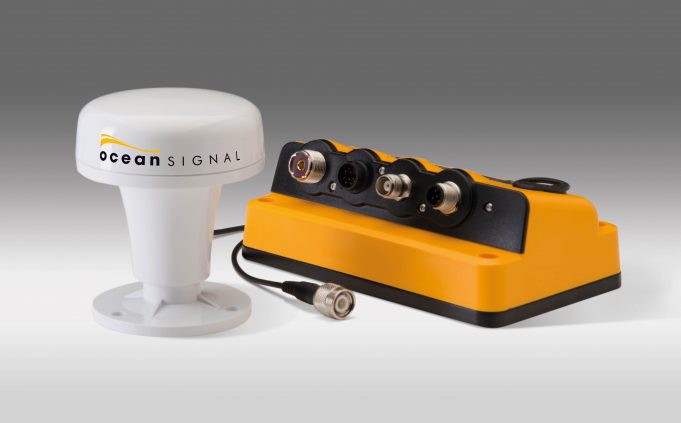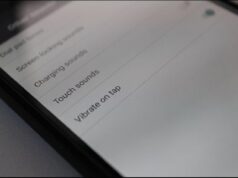The marine AIS (Automatic Identification System) helps boaters avoid collisions by providing information on ship location, course, and speed through a VHF radio-based system of transmitters and receivers. AIS (which sometimes is mistakenly called the Automated Identification System) has been in wide use for less than a decade and also serves to help the U.S. Coast Guard monitor the safety of the nation’s ports and harbors by tracking vessels moving through them.
The Coast Guard and international marine law require marine AIS Class A transponders for almost all commercial ships operating in monitored port areas.
Private powerboats and sailboats currently are not required to carry marine AIS. However, marine safety experts say the technology significantly decreases collision risk on the water, and some boaters — especially those who operate in or near large commercial ports, such as Long Beach, Calif., and Charleston, S.C. — should consider adding an AIS transponder to their onboard marine electronics.
Three Types of Marine AIS Equipment Available
Currently, marine electronics makers market three different types of marine AIS equipment: Class A transponders, Class B transponders, and AIS receivers.
Class A transponders are intended for commercial ships, and meet International Marine Organization (IMO) and SOLAS (Safety of Life at Sea) regulatory requirements. They retail for more than $4,000.
Class B transponders, meanwhile, are aimed at recreational boaters and yachts, although the Coast Guard eventually may allow some smaller commercial ships to carry them. They retail for between $750 and $1,500, depending on brand, model and features.
Finally, AIS receivers will receive and display information about other vessels, but do not transmit data, which means their owners can see other ships but those ships can’t see them.
Marine AIS Class A, Class B Transponders Differ in Capabilities
The Coast Guard, which has issued regulations governing marine AIS Class A transponders, also governs Class B transponders and AIS receivers.
There are several differences between Class A and Class B transponders. The most important difference governs transmit power; according to the Coast Guard, Class A units transmit at a maximum of 12.5 watts, while Class B transponders, which do not meet IMO and SOLAS requirements, transmit at 2 watts.
In addition, marine AIS Class B transponders are not required to transmit the vessel’s IMO number, destination or estimated time of arrival, or text safety messages, and also omit other less-critical information, such as draft and rate of run, that Class A devices must report.
The vast majority of private powerboats and sailboats do not need the capabilities inherent in a Class A unit.
Myth: Class A AIS Units Suppress Class B Signals
Persistent misinformation has circulated in the boating community about whether Class A commercial AIS units suppress data from Class B units on smaller boats, with many boaters (and even some tech support staff members) believing that large ships can choose not to display signals from smaller boats.
The rumor — which is largely untrue — most likely sprung from an October 2008 Coast Guard warning stating that older marine AIS Class A units may not display all information transmitted from Class B units — such as vessel name — on their onboard navigation systems.
In addition, the Coast Guard warned, a few older Class A models will not display any information from Class B devices, even though the device receives and processes the information. “Therefore, the U.S. Coast Guard cautions new AIS Class B users to not assume that they are being ‘seen’ by all other AIS users or that all their information is available to all AIS users,” the maritime agency said, and urged all owners of outdated AIS software to update their devices. The agency also says a new rule requiring these updates is forthcoming.
In practice, larger ships want to see all the vessels around them, including smaller, private boats transmitting with Class B AIS devices. So while prudent boaters whose vessels are equipped with AIS transponders shouldn’t assume larger ships see them, it’s likely those ships will; ship captains may choose not to show non-critical data (such as the Class B vessel’s name) on their AIS displays, but the vessel itself will appear.

















